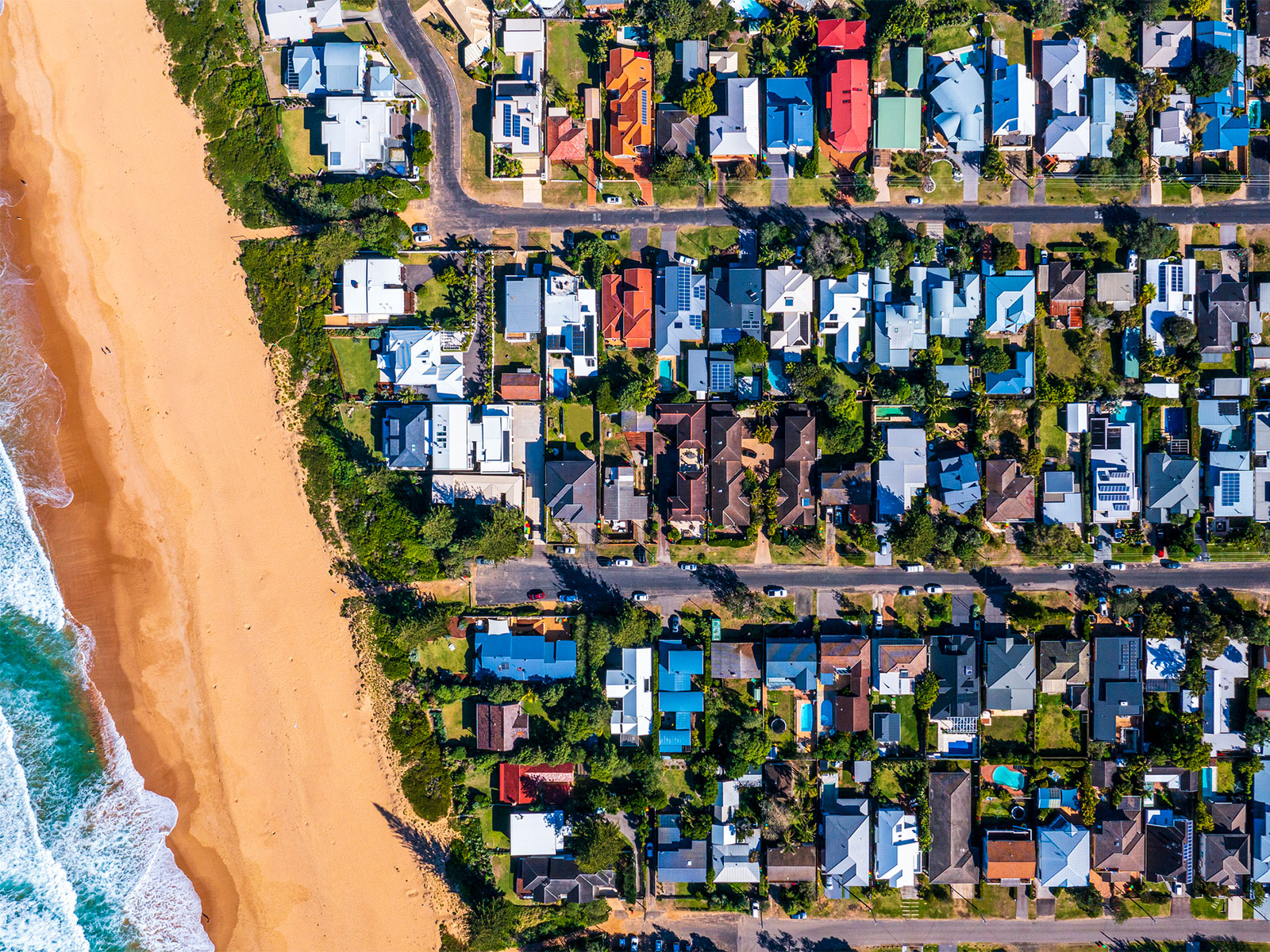October 22nd, 2025
September 2025 vacancy rate update
Industry News
Blog

Australia’s property market has reached another major milestone, with the total value of residential real estate climbing to $11.8 trillion for the first time, according to Cotality, up by $678 billion over the past 12 months. To put this into perspective, the country’s property market is now 2.7 times the total value of Australian superannuation assets.
National dwelling values rose 2.2% over the September 2025 quarter, making it the largest quarterly increase since May 2024.
Cotality’s Head of Research for Australia, Eliza Owen, said the record valuation highlights the market’s resilience, adding that there is “a clear building of momentum”.
While there’s still uncertainty around where interest rates and inflation will go, Owen noted that growth could soon push total market value past a new benchmark.
“If the property market were to continue at its current rate of growth, it’s possible the combined market value could hit $12 trillion by the end of the year.”
The strongest growth story right now? Darwin.
Since the first of three rate cuts this year in February 2025, Darwin suburbs have been leading the nation, dominating the top five growth suburbs. Between the end of February and September 2025, Wanguri and Durack both surged by 20.1%, followed closely by:
Owen said the data “highlights a broader trend of Darwin leading Australia’s capital growth trend”, with Darwin home values up by more than 13% since the year began.
“It’s a relatively affordable market, and investors may be taking note of high yields and rapid value increases.”
While cities like Darwin and Perth are powering ahead, Sydney and Melbourne are home to most of the suburbs experiencing declines since the first rate cut.
The steepest falls have been concentrated in inner-city suburbs with high-density units, like:
Beyond the capitals, some of the most affordable regional areas also recorded standout results.
The top-performing regional market was Boggabri in regional NSW, climbing by 20.1% in the same period. Rochester in regional Victoria shot up by 19.4%. Both markets have a median value of less than $400,000, which appear to be a drawcard for buyers.
“With other capital city and major regional markets soaring in value over the past few years, it seems like buyers are targeting what is left of the affordable land and housing across the country as interest rates fall and rents re-accelerate,” Owen added.
Whether Australia’s residential market crosses the $12 trillion mark by year-end will depend on interest-rate decisions and inflation trends over the coming months. But for now, housing values remain on an upward trajectory and the market’s resilience continues to surprise.